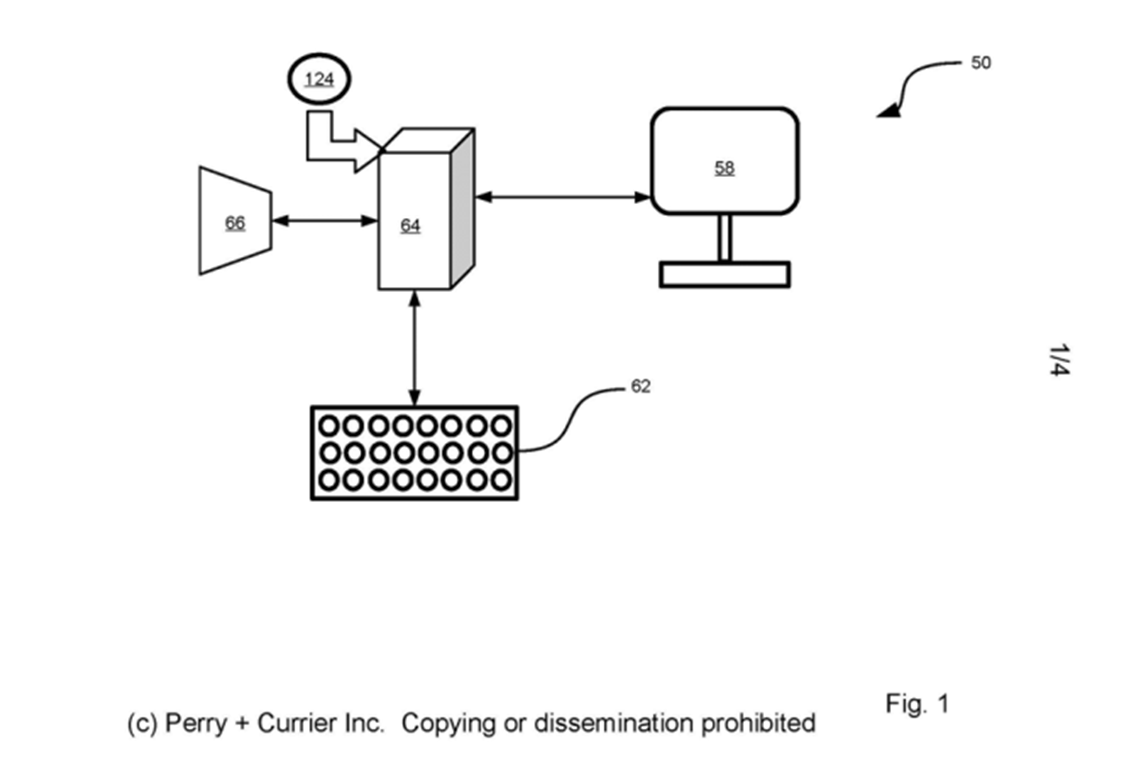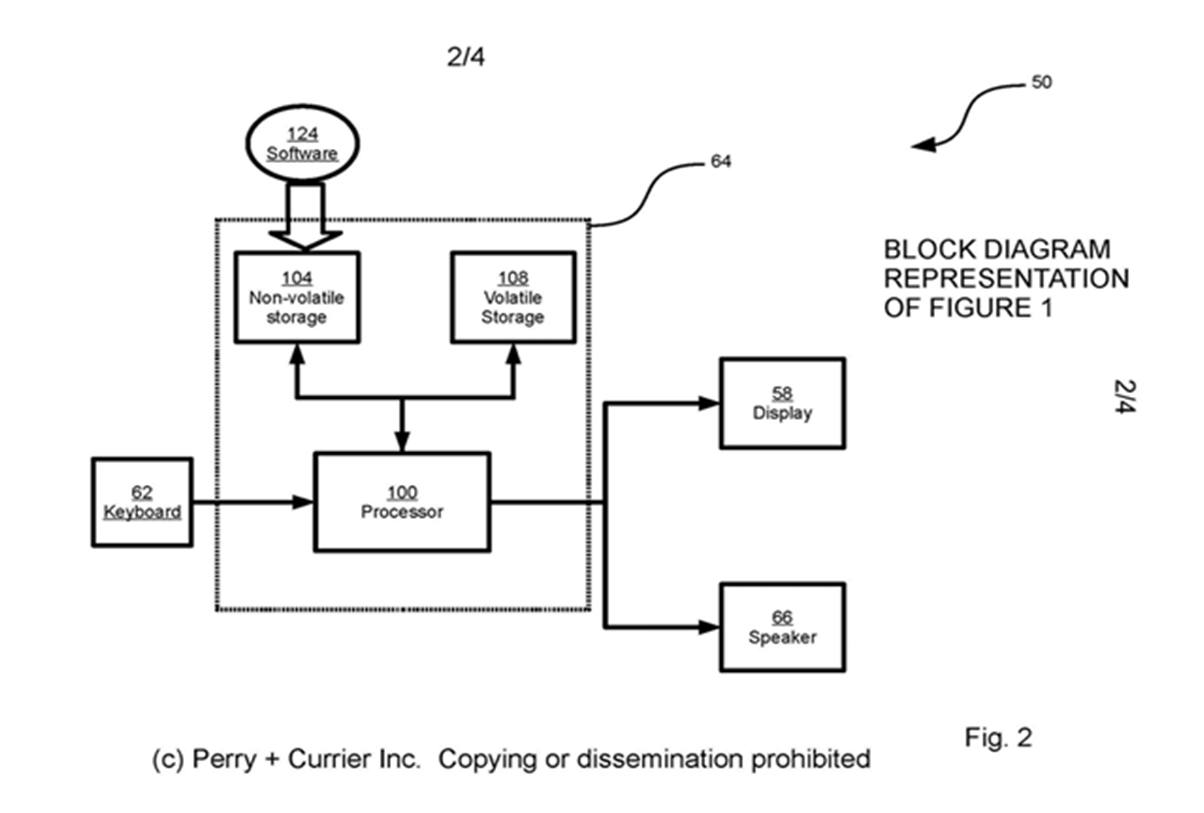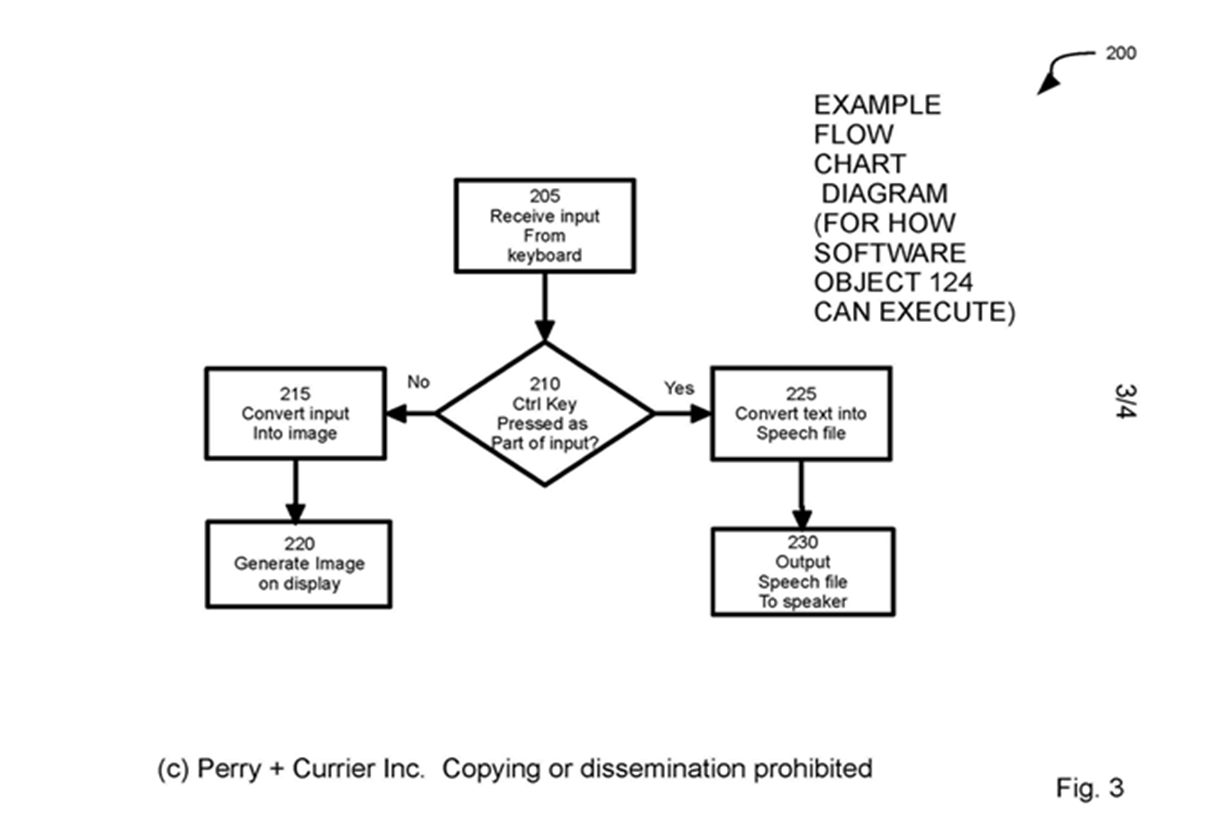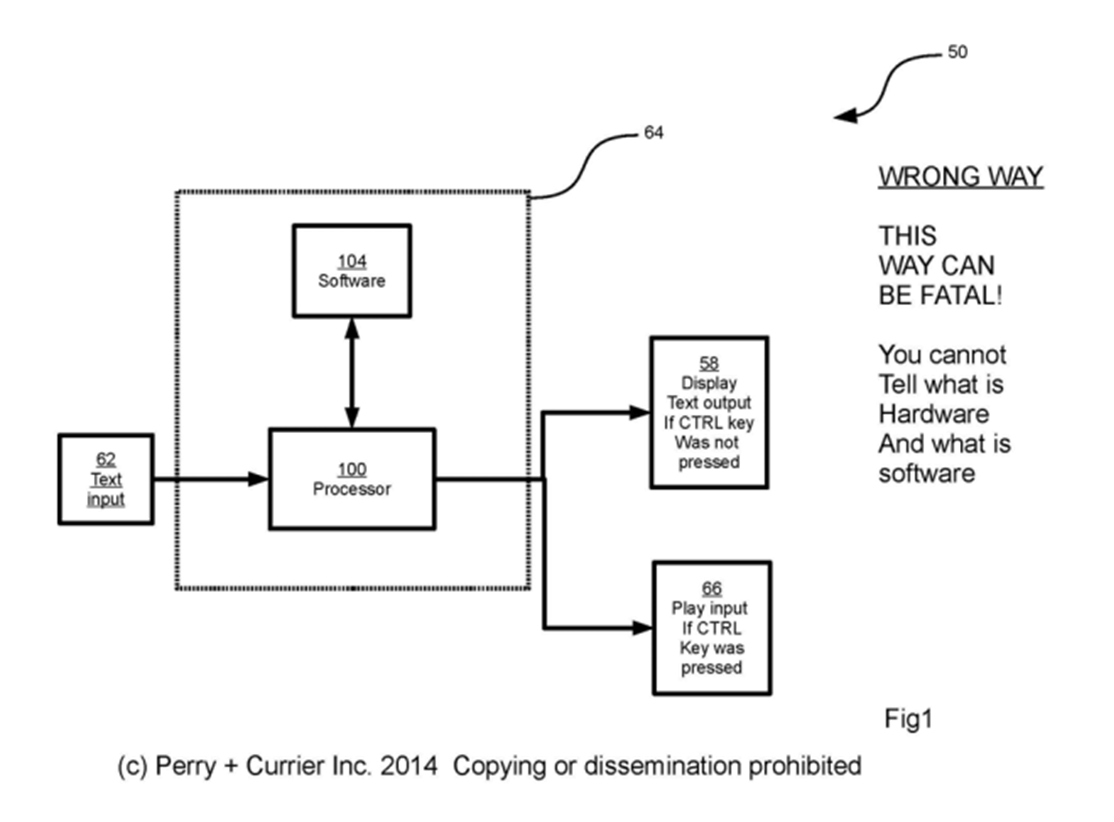By Andrew Currier, Co-founder
PCK | Patent & Trademark Agents | Lawyers
pckip.com | @pckip
© Perry + Currier Inc. 2015
In the age of the “Lean Startup” $100,000 can be enough to get a startup well off the ground. However, with such tight budgets and limited funding there is often not much room left to pay a professional patent agent several thousand dollars to draft your patent application. For this reason, startups are either (mistakenly) deciding not to pursue a patent as being too expensive or being something they can correct later. More recently, some startups have turned to writing their own provisional patent applications in order to get a placeholder patent application in the system, thereby deferring the cost of fully engaging a professional patent agent. While self-written provisional patent applications carry risk, much like doing first-aid on yourself rather than using an Emergency Room, at the same time accepting that risk is always better than having no patent filings at all. PCK is proud to run periodic, free seminars to help startups learn to write their own provisional patent applications and we have been very pleased with the results the seminar attendees have achieved. However, even with our seminar, there are some special issues that can arise with provisional patent applications for software related inventions. This article provides some pointers on how to draft your own provisional software patent application. Please note that these pointers are provided on an “as-is” basis, they are for general information purposes only and we make no warranty that they are sufficient for your purpose. Of course, they are only pointers – writing a patent application, even a provisional patent application, will require effort, thought and care. As with any patent application, there is also no guarantee a patent will ultimately issue from your work, but these pointers should improve your odds of successfully issuing a patent.
The main point to remember about any provisional patent application is that you simply need to get a description down in the application that tells someone how to practice (or recreate) your invention. Don’t try to be a lawyer, just be an engineer or scientist explaining your invention in your own words. That’s all a provisional patent application requires. While the preceding sentence is universally true, patent applications for software related inventions require a bit more “formalities” in how they are explained or described. The main point for software patent applications is that you should be sure that you explain your invention in terms of the hardware it runs on, because you are allowed to patent a machine, but you are not allowed to patent a mere abstract theorem. One way of looking at this (and one followed by some courts) is that the combination of the software executing on a machine changes that machine into a new machine. Thus, from a court’s point of view, a personal computer running a spreadsheet is one machine while that same personal computer running a web browser is a different machine.
When we give this pointer, many people worry that they will be making their patent application too narrow if they recite specific hardware, like an IPhone, when in fact their software will run on many different platforms. But, if you think about it, all hardware on any platform can be abstracted/generalized with a bit of effort.
For example, a laptop computer, desktop computer, tablet computer, and mobile phone all have: CPU, persistent storage, volatile storage, input device (e.g. keyboard, be it physical or virtual via touch screen), output device (be it display, haptic, and/or audio), network interface (be it WIFI, Bluetooth, LAN, etc.) – these terms aren’t magic or special, they are just a convenient set that we often use – you may be more comfortable with others that cover the same functions, or groups of functions.
You should therefore include at least one block diagram (let’s call this Figure 1) at a general hardware level, and then say, something like this: “In a presently preferred embodiment, the hardware platform includes a CPU 10, persistent storage 14, volatile storage 18, input device 22, output device 26 and a network interface 32. A specific example of a suitable hardware platform is a [insert specific commercial example, like Apple iPhone running ios8, or Samsung Galaxy s5 running Android version x], but it is to be understood that the teachings herein can be modified for other presently known or future hardware platforms.” The software, described below, based on the flowchart shown in Figure 2, is “stored in the persistent storage 14 and runs on the CPU 10 at runtime, making use of the volatile storage 18 as needed.”
If you are cloud based, involving servers, then you describe that hardware the same way, abstracted/generalized, then include a specific example of what you intend to run on; then generalize again saying it can change. This paragraph structure of introducing the concept in general terms; then providing one or more specific examples; and then concluding with a re-emphasis of the possibility of other examples is a common drafting technique that ideally leaves you with room for different claim scope.
Here’s an example of figures for a software application. Minimally you should be trying to hit a format that includes hardware drawings like Figure 2 and at least one software drawing. Supporting text is required for each figure.
| Recommended Approach For a Computer-Related Invention: System Diagram | Recommended Approach For a Computer-Related Invention: Block Hardware Diagram |
 |
 |
| Recommended Approach For a Computer-Related Invention: Flowchart | DO NOT CONFUSE PROCESS AND HARDWARE! |
 |
 |
Back to first principles; remember that all you need for a provisional patent application is a description of your invention written in your own words that enables someone as skilled as you to practice your invention simply by reading that description. With software, you need to take care to write that description in the context of example hardware.
Good luck!
Andrew Currier is the co-founder of PCK (pckip.com; @pckip) a combined firm of patent and trademark agents and lawyers, and Andrew is the co-author of “Canadian Patent Law”, the leading legal text on patent law in Canada.